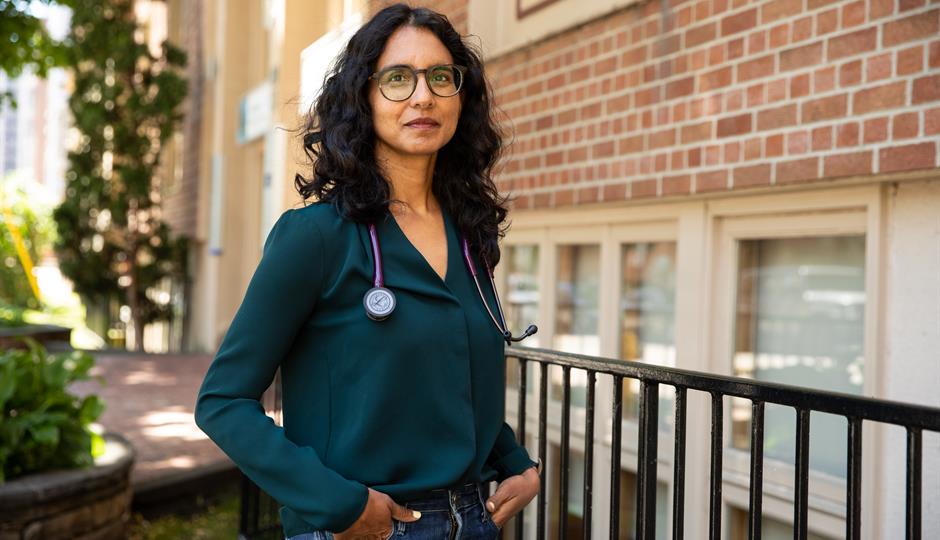Please note, this data is from 2020/21, is outdated, and will not be updated.
Toronto has long had a deficiency of safe indoor public spaces for those experiencing homelessness to access during the cold winter season, and a new study demonstrates just how much this issue has been exacerbated by the COVID-19 pandemic.
The project, called Changes in informal access to selected indoor public spaces in Toronto and carried out by MAP Centre For Urban Health Solutions, looks at five different types of public indoor spaces — 24-hour restaurants, warming centres, libraries/community centres, drop-ins, and Out of the Colds — and uses maps to show how many were lost during the 2020/2021 winter season.
“There is a severe lack of access to indoor public space, even during cold weather alerts. The City of Toronto’s ‘Winter Plan for People Experiencing Homelessness’ does not address this lack of access,” reads a summary of the study.
“Although the situation has been exacerbated by the pandemic, the lack of safe, accessible, indoor space in Toronto, in particular during the winter, is a longstanding issue.”
The first two maps, which compare 24-hour chain coffee shops and restaurants open during the winter of 2019/2020 with those in 2020/2021, show that there were 105 restaurants and coffee shops open all night and located close to 24-hour transit in Toronto last year…



